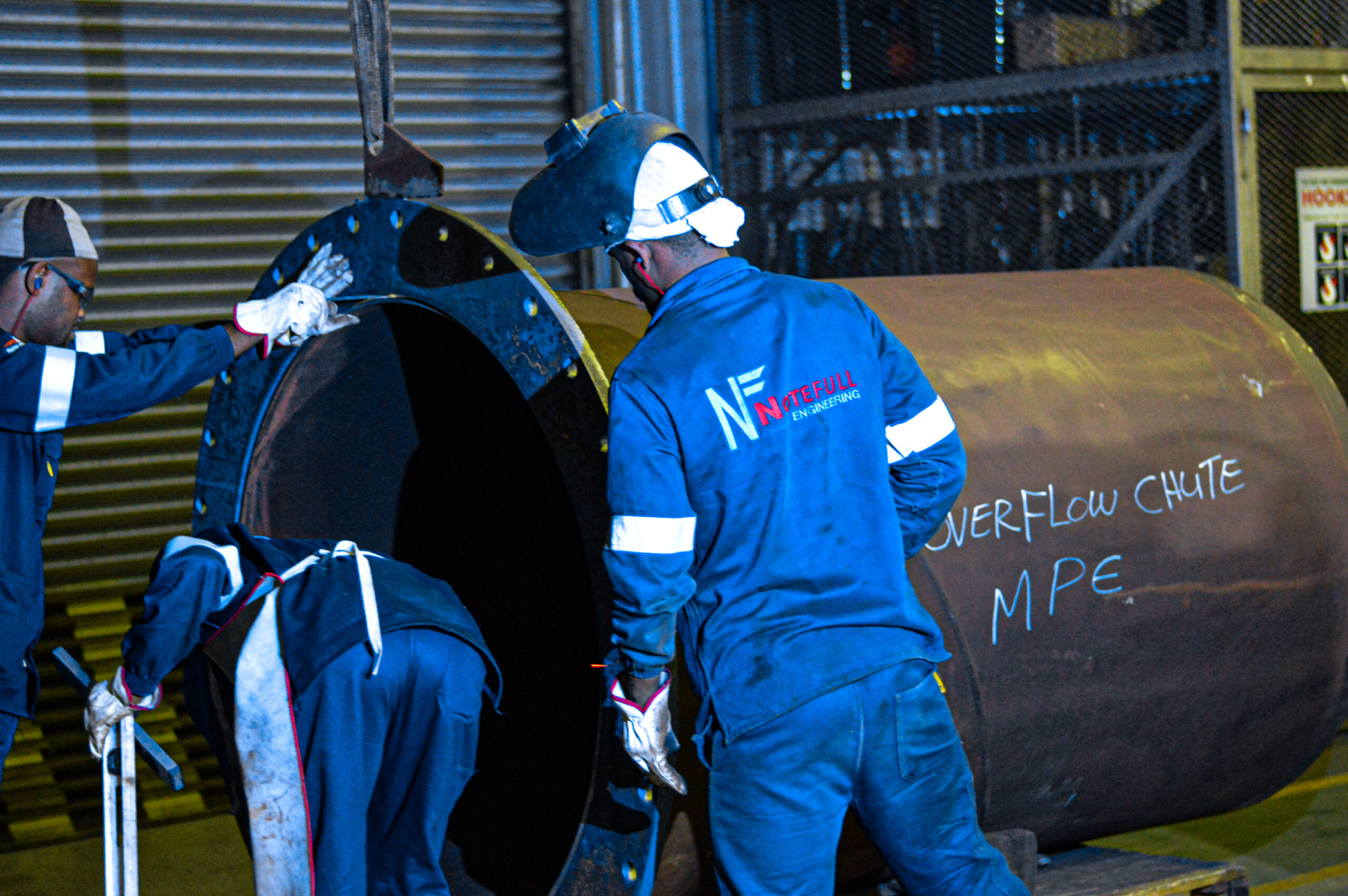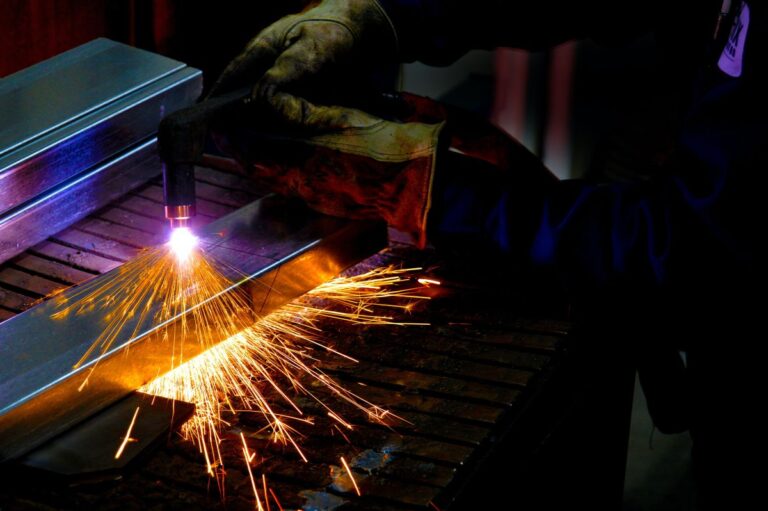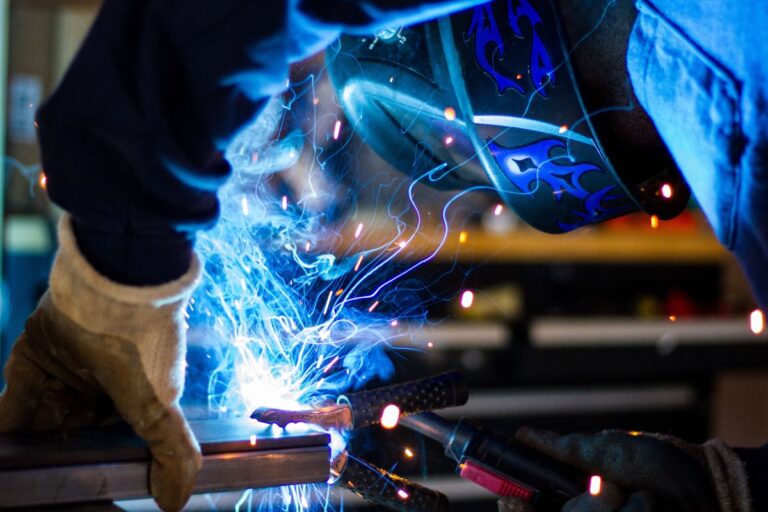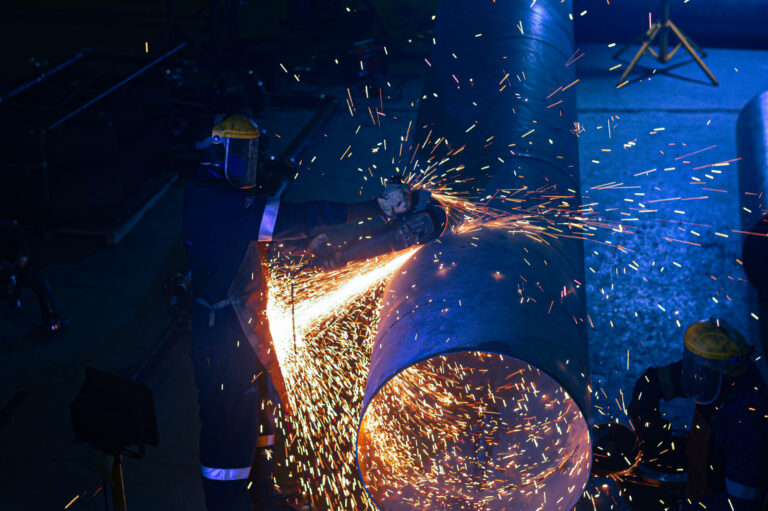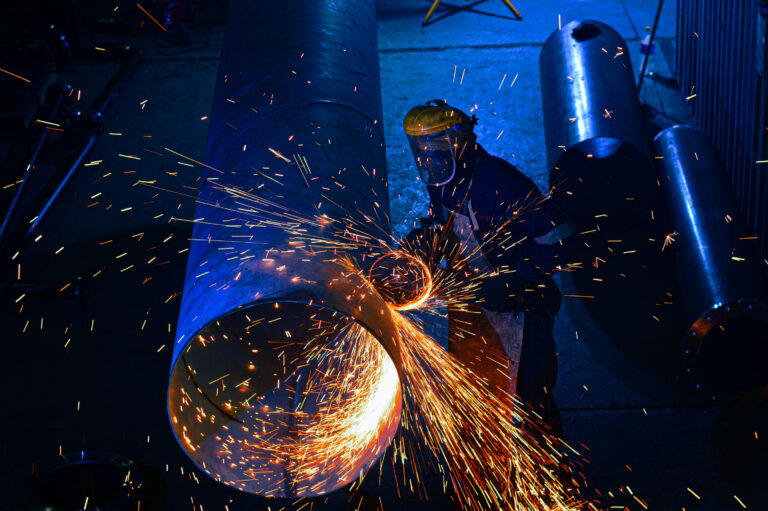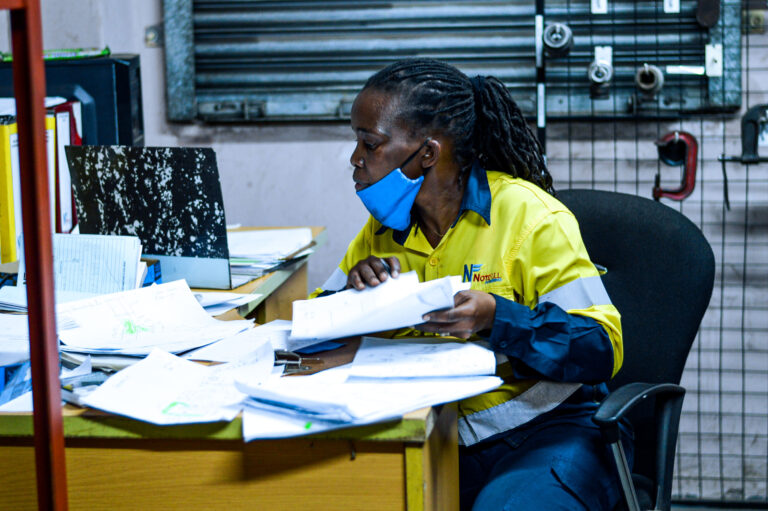Tips For Welding Stainless Steel
Welding stainless steel can bring with it a unique set of challenges, as the material has a unique set of properties that need to be considered when attempting to create good joins. Stainless steel welding can be tricky, particularly for novices, because it is a very efficient heat retainer. This means that overheating the metal can result in warping both during the heating and cooling phases. Moreover, it is very easy to see welding mistakes on stainless steel since the shiny and smooth chromium oxide surface does not hide blemishes, scratches or burnout marks at all.
What Welding Methods Should Be Used?
Generally speaking, metal arc welding (MIG) and gas tungsten arc welding (TIG) are the preferred methods for working with stainless steel, depending on what exactly one is trying to achieve. TIG welding is generally recommended for stainless steel welding jobs that require artistic finesse and a certain aesthetic excellence. This method will produce clean and precise welds but will take a little longer to do. However, where time is a factor and aesthetics are not a priority, then MIG welding will yield quicker results, albeit slightly less aesthetically pleasing. However, MIG welding is more efficient and cost-effective.
How To Prevent Warping?
To prevent stainless steel from warping from the excessive heating and cooling of the metal, it is recommended that one clamp section of copper or brass behind the weld seam. This will act as a heat sink, effectively cooling the stainless steel by absorbing the heat.
This will also prevent any burn through, allowing the welder to weld the entire seam in one go without needing to stop and allow the metal to cool before continuing.
How To Keep The Stainless Steel Integrity Intact?
Stainless steel is supposed to be stainless. In other words, it should resist rust. However, through the welding process, the chromium oxide layer that keeps the metal stainless can be damaged and could lead to the metal being exposed to rust.
To prevent this from occurring, it is best to prepare the workspace, the equipment and the stainless steel itself properly in advance of welding. If any carbon steel particles find their way into the heated stainless steel, it could compromise the integrity thereof.
Therefore, it is critical to keep the welding area spotless.
Looking for Stainless Steel welders near you?
To get the best-in-class welding of stainless steel and other metals, contact Notefull Engineering today!

